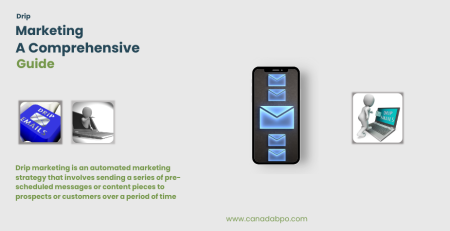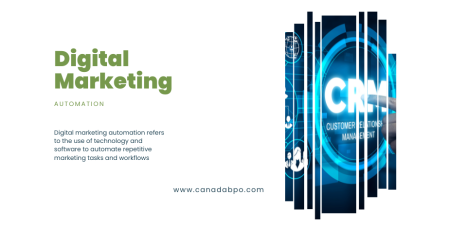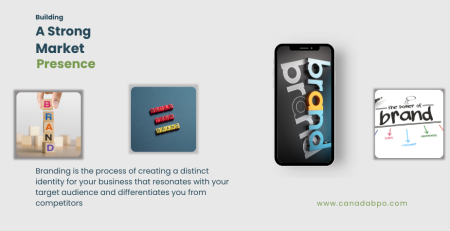Brand and business positioning play a critical role in determining how companies are perceived by their target audience. Business positioning is the process of establishing a clear, distinct identity in the minds of customers that sets you apart from competitors. Effective positioning goes beyond products and services—it shapes customer perception and creates long-lasting loyalty.
In this blog post, we’ll dive into examples of brand and business positioning, explore why it’s important, and examine real-world examples of companies that have mastered this art.
What is Business and Brand Positioning?
At its core, business positioning is about defining how your business or brand will be perceived relative to others in the market. This involves identifying a unique space within the market where your company can excel and resonate with your audience. This distinct position is typically based on several factors, including your value proposition, pricing strategy, product features, customer experience, and company values.
In the same way, brand positioning refers to how a brand communicates its unique identity, values, and promises in a way that connects with customers emotionally and functionally. When done right, brand positioning allows a company to establish a strong, memorable presence that customers can relate to.
Why Positioning Matters
Effective positioning allows brands to:
- Differentiate Themselves: Positioning makes it easier for consumers to identify how a business stands out from the competition, ensuring they understand the unique benefits you offer.
- Build Customer Loyalty: Positioning that aligns with customer needs and values can foster loyalty and repeat purchases.
- Target the Right Audience: By clearly defining your brand’s identity and strengths, you can attract the right audience, helping you focus on those who are more likely to convert into long-term customers.
- Justify Pricing Strategies: A premium or specialized position can justify higher prices, while a value-based position can attract budget-conscious consumers.
Now, let’s look at some real-world examples of brand and business positioning and what makes them successful.
1. Tesla: Positioning as the Pioneer of Electric Luxury
Positioning Strategy: Tesla has positioned itself as a leader in both luxury and environmentally friendly electric vehicles (EVs). Rather than just focusing on the technical aspect of electric cars, Tesla has crafted a brand image of innovation, sustainability, and high performance.
- Unique Selling Proposition (USP): Tesla combines cutting-edge technology with a sleek, high-end design. It’s not just an eco-friendly option but a status symbol for early adopters, tech enthusiasts, and affluent consumers.
- Target Audience: Eco-conscious consumers, luxury car buyers, and tech-savvy individuals.
- Brand Personality: Futuristic, innovative, and bold. Tesla is often associated with a visionary mindset and the idea of revolutionizing industries.
Why it Works: Tesla’s positioning taps into growing consumer interest in sustainability, while simultaneously appealing to a luxury market. By positioning itself as a desirable luxury brand, Tesla commands higher price points, even as it expands into more mainstream electric vehicles.
2. IKEA: Positioning as Affordable, Functional Design for Everyone
Positioning Strategy: IKEA’s brand positioning revolves around providing affordable, functional, and stylish home furnishings to the masses. It has embraced a “DIY” model that allows customers to purchase modern, well-designed furniture at a lower cost by assembling it themselves.
- USP: IKEA offers low-cost furniture with stylish Scandinavian design, appealing to cost-conscious consumers who don’t want to compromise on design.
- Target Audience: Budget-conscious consumers, young professionals, families, and students.
- Brand Personality: Practical, approachable, and customer-centric, IKEA’s personality embodies the idea of smart, affordable living.
Why it Works: IKEA’s positioning makes it a go-to brand for consumers seeking affordability and convenience. Its focus on minimalist design and functionality appeals to a wide audience, while its self-assembly approach reduces costs. The in-store experience also plays a significant role, offering customers an immersive environment where they can visualize how the furniture fits into their home.
3. Apple: Positioning as the Leader in Innovation and Simplicity
Positioning Strategy: Apple has positioned itself as a premium brand focused on innovation, sleek design, and user-friendly technology. Apple products are often associated with high performance, cutting-edge features, and minimalist aesthetics.
- USP: Apple products combine powerful technology with ease of use, while also focusing on aesthetic design and quality. Its brand commands a premium price for the perceived value of its innovation and design.
- Target Audience: High-income consumers, creative professionals, and tech enthusiasts who value quality, aesthetics, and brand prestige.
- Brand Personality: Creative, innovative, sleek, and user-focused. Apple is seen as forward-thinking and intuitive, constantly pushing the boundaries of what technology can do.
Why it Works: Apple has mastered the art of creating emotional connections with its customers. By positioning itself as both an innovator and a lifestyle brand, Apple has built a loyal customer base willing to pay a premium for its products. The seamless integration of its devices into a cohesive ecosystem further strengthens Apple’s position as an industry leader.
4. Patagonia: Positioning as the Ethical, Environmentally Conscious Brand
Positioning Strategy: Patagonia has positioned itself as a leader in ethical, sustainable outdoor apparel. The brand places a strong emphasis on environmental activism, responsible sourcing, and social responsibility, appealing to conscious consumers.
- USP: Patagonia offers high-performance outdoor gear that is sustainably made, while actively promoting environmental causes and reducing its ecological footprint.
- Target Audience: Eco-conscious consumers, outdoor enthusiasts, and those who value sustainability and social responsibility.
- Brand Personality: Ethical, adventurous, and purpose-driven, Patagonia’s personality reflects its commitment to environmental protection and social good.
Why it Works: Patagonia’s positioning as an ethical brand resonates strongly with modern consumers who want to support companies with shared values. Its commitment to sustainability gives customers a reason to pay a premium for its products, knowing their purchase aligns with a greater cause.
5. Southwest Airlines: Positioning as Low-Cost and Customer-Centric
Positioning Strategy: Southwest Airlines has positioned itself as the airline that delivers low-cost, no-frills travel while providing excellent customer service. It prides itself on offering affordable flights without hidden fees, with a focus on friendly service.
- USP: Low fares combined with a “bags fly free” policy, no change fees, and a friendly, welcoming atmosphere.
- Target Audience: Budget travelers, families, and frequent flyers looking for value without sacrificing service.
- Brand Personality: Fun, friendly, and approachable. Southwest’s brand is casual and customer-focused, with an emphasis on making air travel easy and enjoyable.
Why it Works: Southwest’s unique combination of affordability and exceptional customer service has set it apart in the airline industry. The focus on transparent pricing and putting customers first has helped build loyalty, especially among cost-conscious travelers.
Successful brand and business positioning is the key to differentiating your company from competitors, building emotional connections with your audience, and driving long-term growth. By studying these examples, you can see how companies have positioned themselves in ways that align with their values, customer needs, and industry trends.
At Canada BPO Services, we understand the importance of strategic positioning. Whether you’re looking to refine your brand or explore new market opportunities, our team is here to help. Get in touch with us today to learn how we can assist you in developing a positioning strategy that resonates with your audience and strengthens your brand’s market presence










